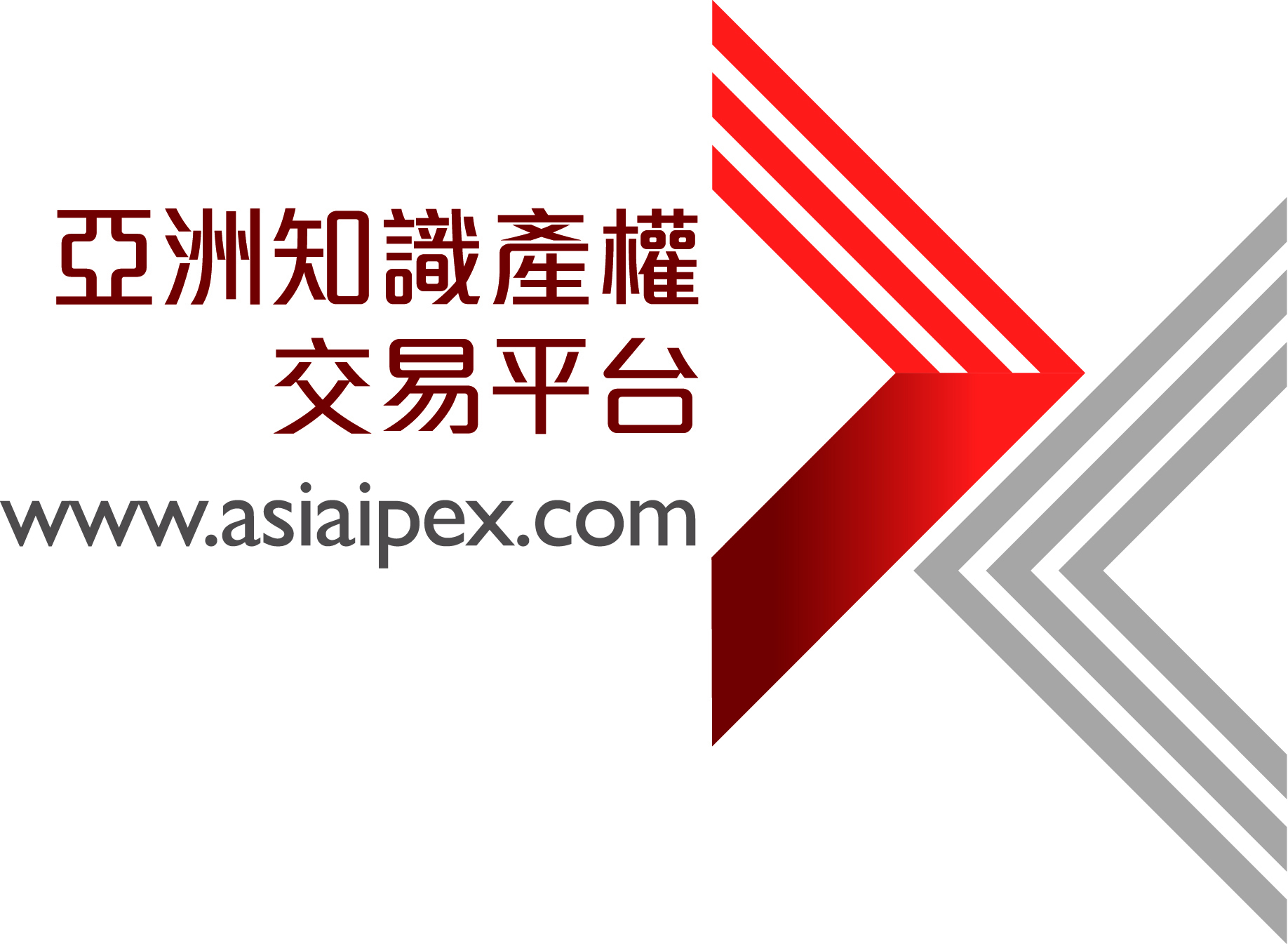NEW-FANGLED WAY TO FABRICATE
SILICON SOLAR CELLS
- 總結
- ANU researchers have created a method for generating passivated contacts for heterojunction silicon solar cells using a physical vapour deposition technique known as sputtering.
- 技術優勢
- Uses a solid (non-crystalline Si) precursor for poly-Si, and as a result avoids the use of hazardous chemical pre-cursors such as Silane.
•
Simplifies fabrication by reducing the number of processing steps required. Specifically:
--
Enables simultaneous deposition of the poly-Si precursor and dopant by co-sputtering (i.e. by simultaneously using two or multiple targets), combining the two processing steps into one.
--
Unlike most CVD approaches which are double-sided, sputtering is single sided (Fig. 1) and therefore removes the processing step required to etch off or mask the deposition on one side of the wafer.
•
As a separate doping step is no longer required, there is no longer a need to use doping-related poisonous gases or specialised machinery.
•
Given that sputtering is already used for a number of other industrial applications, this methodology has the potential to be applied to solar cell mass production in a relatively short time frame (approximately 2-3 years).
- 技術應用
- method for creating passivated contacts in HJ solar cells using a physical vapour deposition (PVD) technique known as sputtering.
- 詳細技術說明
- The DESIJNTM (solar cells by DEposited SIlicon JuNctions) technology from ANU researchers represents a step forward in the fabrication of high performance Si HJ solar cells. Sputtering offers great flexibility (in that single, double, or multiple targets are permitted) and control (in terms of deposition thickness, and dopant concentration/allotment) and it can be performed at room temperature using a chemically inert, non-flammable, nontoxic, noble gas (i.e. Argon ions) (Fig. 1). Using sputtering, the researchers have created passivating layers that show comparable properties to those formed by the conventional CVD (with separate doping) approach. The sputtering process and subsequent annealing for re-crystallisation and dopant activation is still undergoing optimisation, yet the passivating contacts formed thus far have been characterised (properties measured include sheet resistance, recombination current density and ohmic contacts) and the results indicate that they are already of sufficient quality to be used for the fabrication of high efficiency Si HJ solar cells. The DESIJNTM technology is, in principle, capable of producing solar cells with energy conversion efficiencies of 25% or more.
- 合作類型
- Licensing/ commercial development
- 申請日期
- 12/06/2016 00:00:00
- 申請號碼
- AU12075381
- 分類
- N/A
- 國家/地區
- 澳洲

欲了解更多信息,請點擊 這裡





